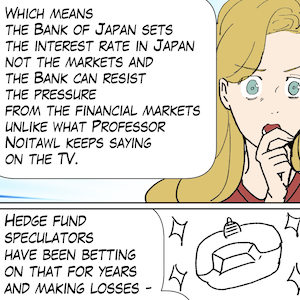Today (February 21, 2023), the Australian Bureau of Statistics released the latest – Wage Price Index, Australia – for the December-quarter 2023, which shows that the aggregate wage index rose by 4.2 per cent over the 12 months (up 0.2 points). In relation to the December-quarter CPI change (4.1 per cent), this result suggests that real wages grew modestly for the first time in 11 quarters. However, if we use the more appropriate Employee Selected Living Cost Index as our measure of the change in purchasing power then the December-quarter result of 6.9 per cent means that real wages fell by 2.7 per cent. Even the ABS notes the SLCI is a more accurate measure of cost-of-living increases for specific groups of interest in the economy. However, most commentators will focus on the nominal wages growth relative to CPI movements, which in my view provides a misleading estimate of the situation workers are in. Further, while productivity growth is weak, the movement in real wages is still such that real unit labour costs are still declining, which is equivalent to an ongoing attrition of the wages share in national income. So corporations are failing to invest the massive profits they have been earning and are also taking advantage of the current situation to push up profit mark-ups. A system that then forces tens of thousands of workers out of employment to deal with that problem is void of any decency or rationale. That is modern day Australia.

